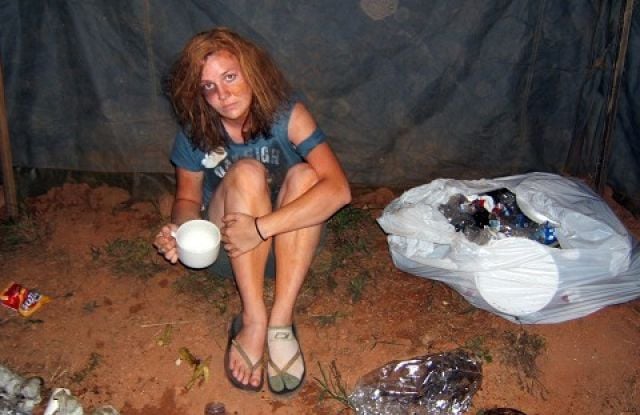 As we've started the Center for Global Action here in Gainesville, we've asked one question over and over again:
As we've started the Center for Global Action here in Gainesville, we've asked one question over and over again:
How do people learn?
You'd expect schools to have the answer. But most people's experience with school has been uneven, and often, unsatisfactory. Most of my time in high school and college, teachers seemed to follow a simple formula:
T = L
Teaching = Learning
If I as a teacher have a pile of information, then my job is to ladel it out to you in consumable spoonfuls. In college, we would go into class, sit in our chairs, get out our notebooks, and wait for the professor to begin talking.
When the professor arrived, he would get out his notes and begin reading them.
We would transcribe his words into our notebooks.
And sometime later, the professor would give us a test to see how much of what we'd transcribed we'd been able to cram into our short-term memory.
As I studied about how people learn, I saw the problem. The problem is that six weeks later, if we were normal students, we'd lost 90% of what the professor had "taught" us as our short-term memory wore out. The information never made it into our long-term memory banks. Study after study confirms this.
What a terribly inefficient learning methodology! Just imagine that you were producing a product that had a 90% failure rate. Wouldn't your customers hold you accountable? They'd look elsewhere for a better product, or some might even sue you.
As researchers have probed for more efficient ways to foment learning, they've studied how children learn. And they discovered that children learn quite differently. For example, consider the process of learning how to ride a bike.
- The parent tells the child about the bike – its handle bars and pedals and how to balance and steer.
- The parent puts the child on the bike and holds onto it as the child tries to implement this knowledge.
- The child crashes or gets off the bike and feels something.
- The parent and child have a conversation about what just happened. The child learns.
Take those same four steps and apply them to adult learning and you have a much more effficient methodology (or pedagogy as teachers refer to it).
It's experiential learning, it's efficient and it's fun. Yesterday I taught 20 students in the CGA for two hours on my porch. I followed this four-step process:
Activate students. Give them an activity that puts into practice the information.
Assess. Look at what just happened. Gather the data and begin to evaluate it.
Reflect. Ask, what conclusions can I draw? How will I apply what happened in my life?
The acronym is FAAR. So the new model of learning is L = FAAR.
We say that if you use it, you'll "go FAAR."
Coincidentally, this is the model Jesus used as he coached his disciples. In the book of Matthew, you see him framing the concept of the kingdom of God in chapters five through seven. Then in the next two chapters, you see him implementing those principles and dialoguing with his disciples about what they perceive. And at various times, Jesus asks his disciples to reflect on what they've experienced.
Jesus didn't sit his disciples down in a classroom. He didn't send them off to seminary. He took them on a journey that changed their lives, and all along the way, he helped them process what God was doing. It's a great model, one that we need to try out.




Thanks Seth. I love our thirty year friendship and the lessons you keep offering. I am in Virginia @ a Franciscan monastery as I had indicted in a previous email. Love to you and your family.
Somehow I made it out of seminary still loving Jesus. And I’m not trying to be funny!
I agree Seth.